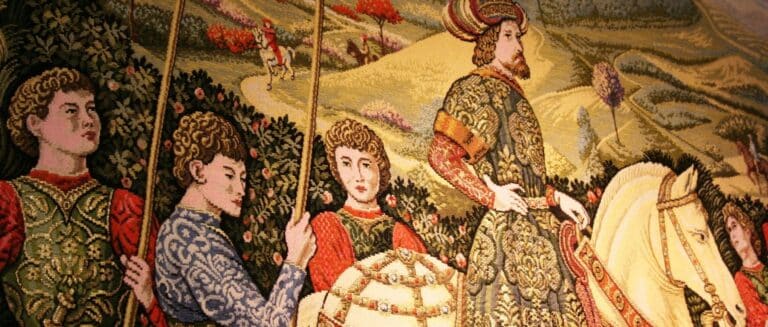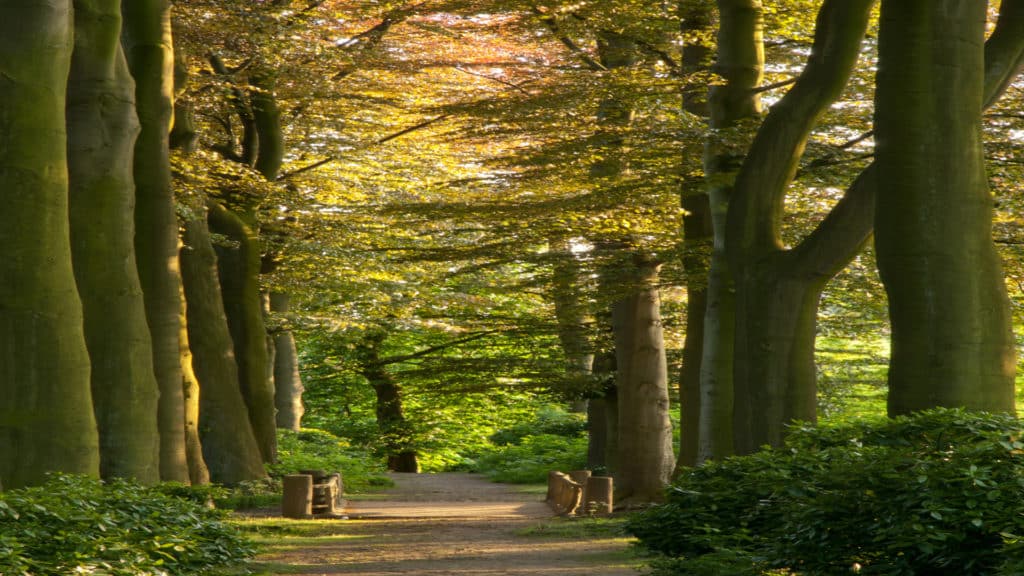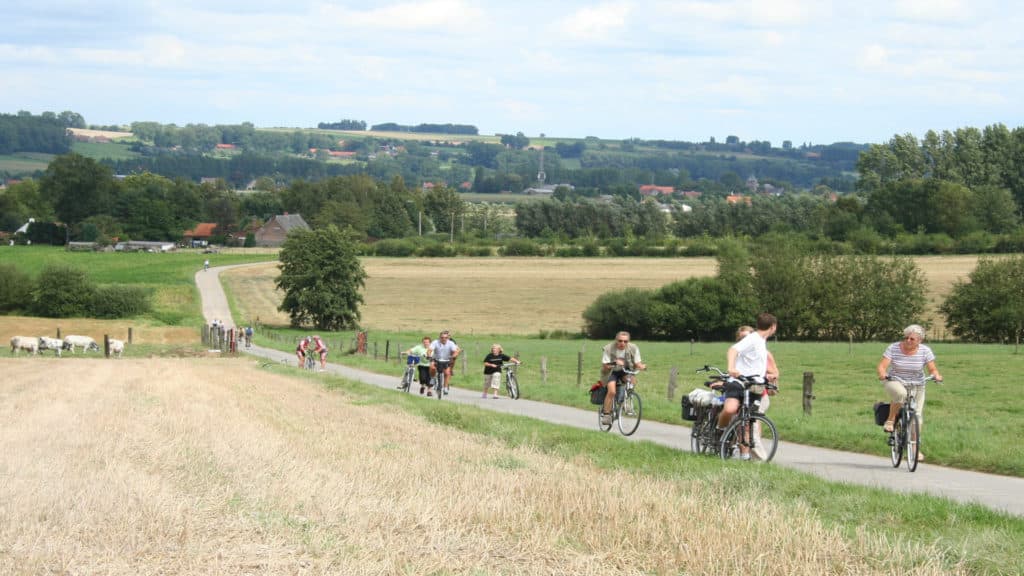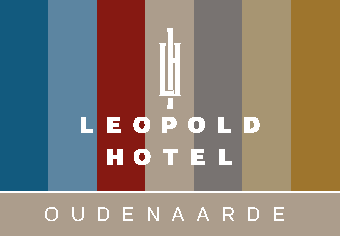Once upon a time, tapestries were Flanders’ most important export product. Cities like Brussels, Antwerp, Enghien, and especially Oudenaarde were at the forefront of designing and producing these works of art. In Oudenaarde, the textile industry was so vital that up to half the population depended on it, either directly or indirectly. The tapestries are a lasting testament to the craftsmanship, creativity, and perseverance of generations of artisans.
In Oudenaarde, you can view some of these magnificent works of art in the MOU, a five-minute walk from Leopold Hotel Oudenaarde. They also have a conservation and restoration studio available to the public on certain days of the month. While you’re enjoying your time in Oudenaarde, take some time to visit and admire these wonderful parts of our history and heritage.
What is a Tapestry?
A tapestry is a form of textile art in which horizontal and vertical threads are woven into colourful scenes and decorative motifs. This artisanal process often took years and required great skill and patience. Particularly from the 14th to the 18th century, tapestry production in Europe reached its peak.
The Oudenaarde tapestries are renowned worldwide for their exceptional quality and style. The so-called “verdures,” tapestries featuring green landscapes and nature motifs, are a distinctive and beloved example of Oudenaarde craftsmanship.
Tapestries Around the World
Ancient Egyptians and the Incas used woven tapestries as shrouds in which to bury their dead. The Greeks and Romans used them as wall coverings for public buildings and temples like the Parthenon.
In medieval times, they were used as a way to decorate the interior walls of grandiose buildings like castles.
One of the most famous tapestries in the world is the Bayeux Tapestry, a very unique artifact created in the 11th century. It tells a detailed and engrossing story of the conquest of England by William, Duke of Normandy in 1066, on a truly impressive 70-meter-long embroidery. The piece was likely commissioned by Bishop Odo, William the Conqueror’s half-brother, to decorate his newly built cathedral in Bayeux in 1077. It’s now on display in the Bayeux Museum in France.
The MOU: Museum of Oudenaarde
The MOU, the city museum, is located in the town hall of Oudenaarde and offers a splendid overview of the city’s rich history and its tapestries. The museum route takes you through the golden era of the textile craft and showcases Oudenaarde’s role as an international centre of tapestry weaving.
The MOU holds an impressive collection of 37 tapestries, 18 of which are permanently on display. In 2019, the collection was enriched with a special 16th-century piece: a tapestry from the “History of Alexander” series, retrieved from New York after an international auction.
Visit the Restoration Studio
On Tuesday and Thursday afternoons, visitors can get a unique behind-the-scenes look at the MOU’s conservation and restoration studio. Here, you can witness how these centuries-old artworks are carefully restored to ensure their preservation for future generations.
Plan Your Visit to Oudenaarde
Book a stay in Leopold Hotel Oudenaarde and explore these wonderful pieces of our city’s history for yourself. Our best available rates and access to our special offers are exclusively available when you book with our team or on our website.











